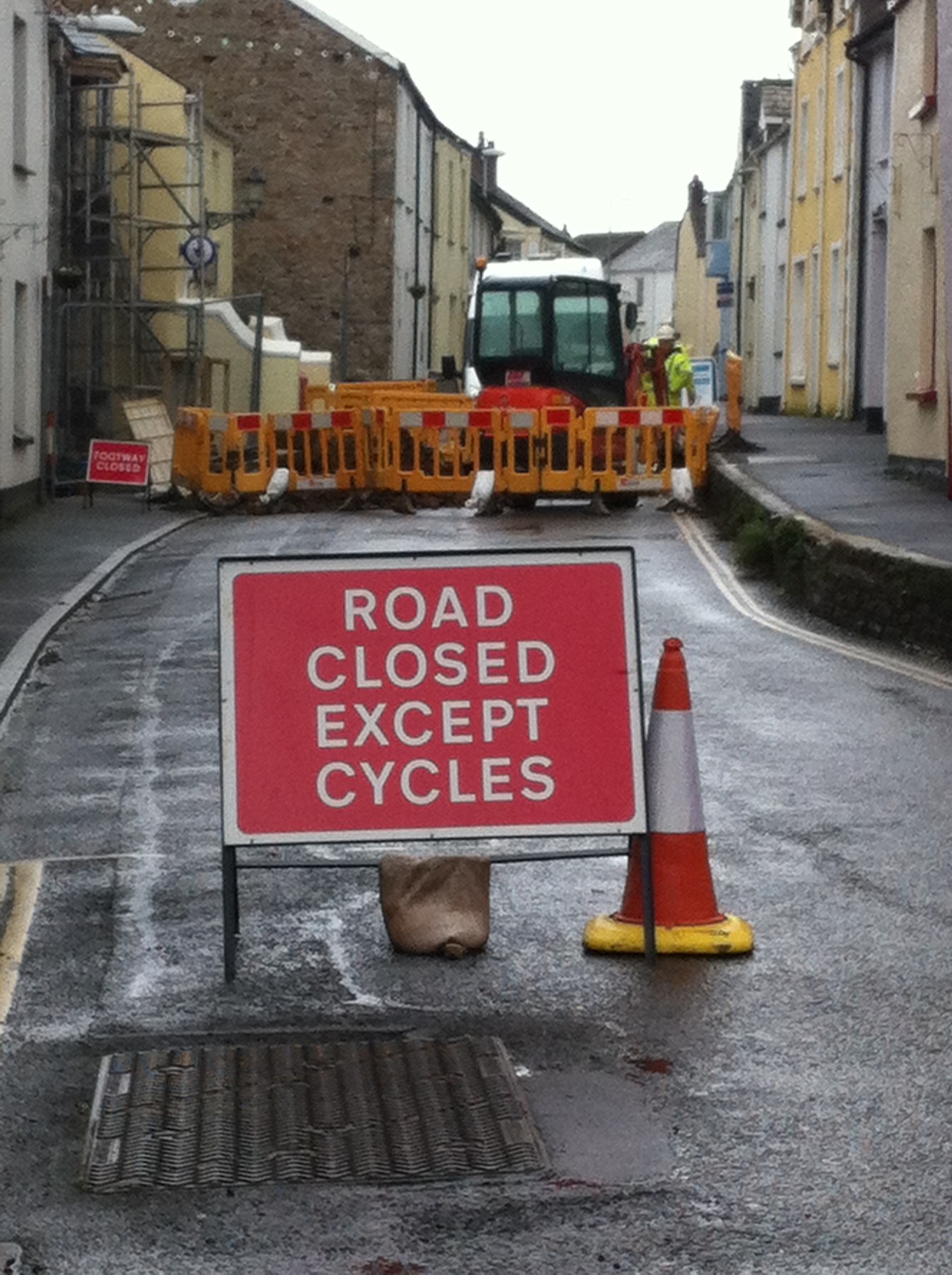Dealers or DIY?
You’ve been selling passively into a market through self appointed dealers? You’ve decided that this new market is potentially a significant one and need to take control?
The age-old problem: Chicken and Egg, which comes first – supply or demand?
CASE STUDY – ENGCON EXCAVATOR ATTACHMENTS
The Product
An Engcon tiltrotator transforms the efficiency of an excavator by articulating the bucket or other attachment at the end of the boom. This saves repositioning the digger and allows a single machine to do the job of several. The savings are dramatic – upto 50% more efficient in fuel and time savings and, because the machine doesn’t move so much there is an associated benefit in site safety.
BUT
It’s not a discretionary purchase – anything upto 50% of the cost of a new digger and, because most diggers don’t have the level of sophistication to control a tiltrotator, complex to fit. Even the most competent operator will take time to get used to it. As a result, Early Adopters are having to rely on self-appointed dealers to fit and maintain these as mainstream excavator dealerships can’t be bothered because of the lack of demand.
…and the manufacturer has no idea who is buying the product because they have no control of the downstream supply chain.

The issues
(and there are more.....)
Dealers weren’t interested for two reasons: Firstly, there’s a lack of demand and the dealer principles can’t justify diverting the attention of their sales teams for something that someone asks for every now and then. The more innovative dealerships may take it on (but generally because they have had some dealings with the product in the past), but would do so on some form of exclusivity.
Add to this there is a legacy business from the original self-appointed dealerships which needs handling. You are not in control of the downstream business (and need to be……), but they will see you as a threat.
Then you have the issue of creating a demand that you control for your product, together with supplying and servicing it to the standards that you believe are appropriate for the market, which may not be the same as those of the existing channel.
How do you get to where you want to go to?
Tread boldly.....
At it’s simplest level, if you can’t appoint a dealer then you have to be the dealer. Full stop.
There are benefits – you are not sacrificing margin and have a direct line of contact with your intended customer base, which in turn means you have some very high-quality feedback about your product offer and are in control of the sales process.
Against this you have to consider all of the other value-added service factors that a dealer channel is used to providing: A physical location that customers can associate with your brand (Amazon isn’t a major distribution channel for specialist capital plant), service and maintenance facilities and personell, aftersales care, finance facilities and the list goes on.
Critically dealers have an established customer base which they will jealously guard. Unless the industry in which you are working is very well mapped and you can service it logistically, a dealer network is usually a critical element of many manufactured products.
In dealing directly with the end customer, you have control of your brand and its future success. Finally, don’t burn your bridges. When you have built sufficient demand for the products you are selling, people will take notice and ask to be invited to the party. At that point you can set the ground rules and shift up a gear.